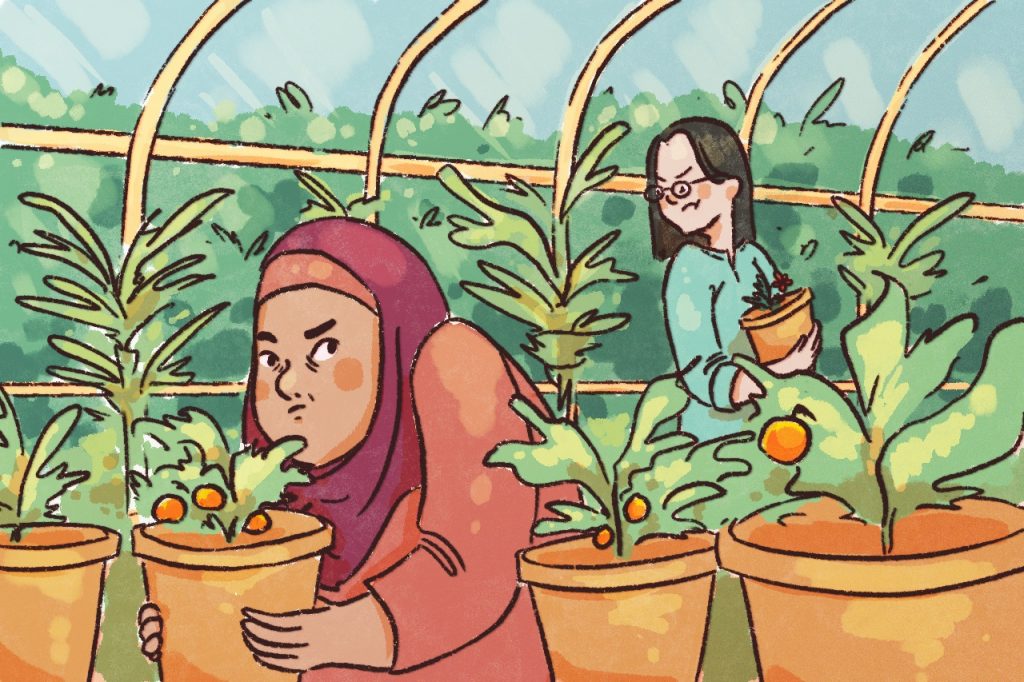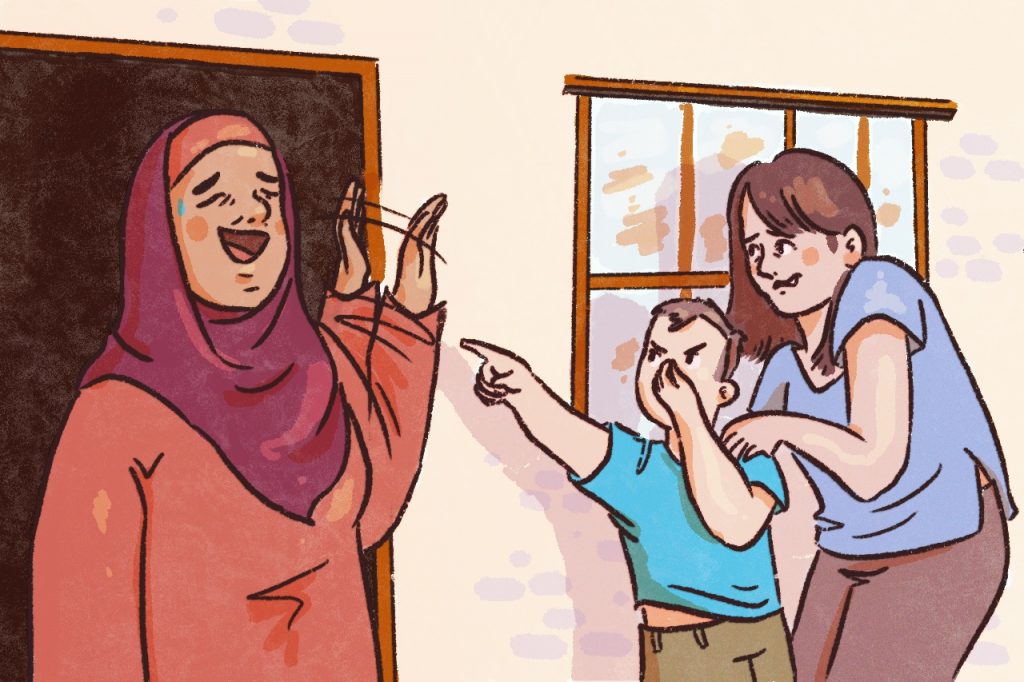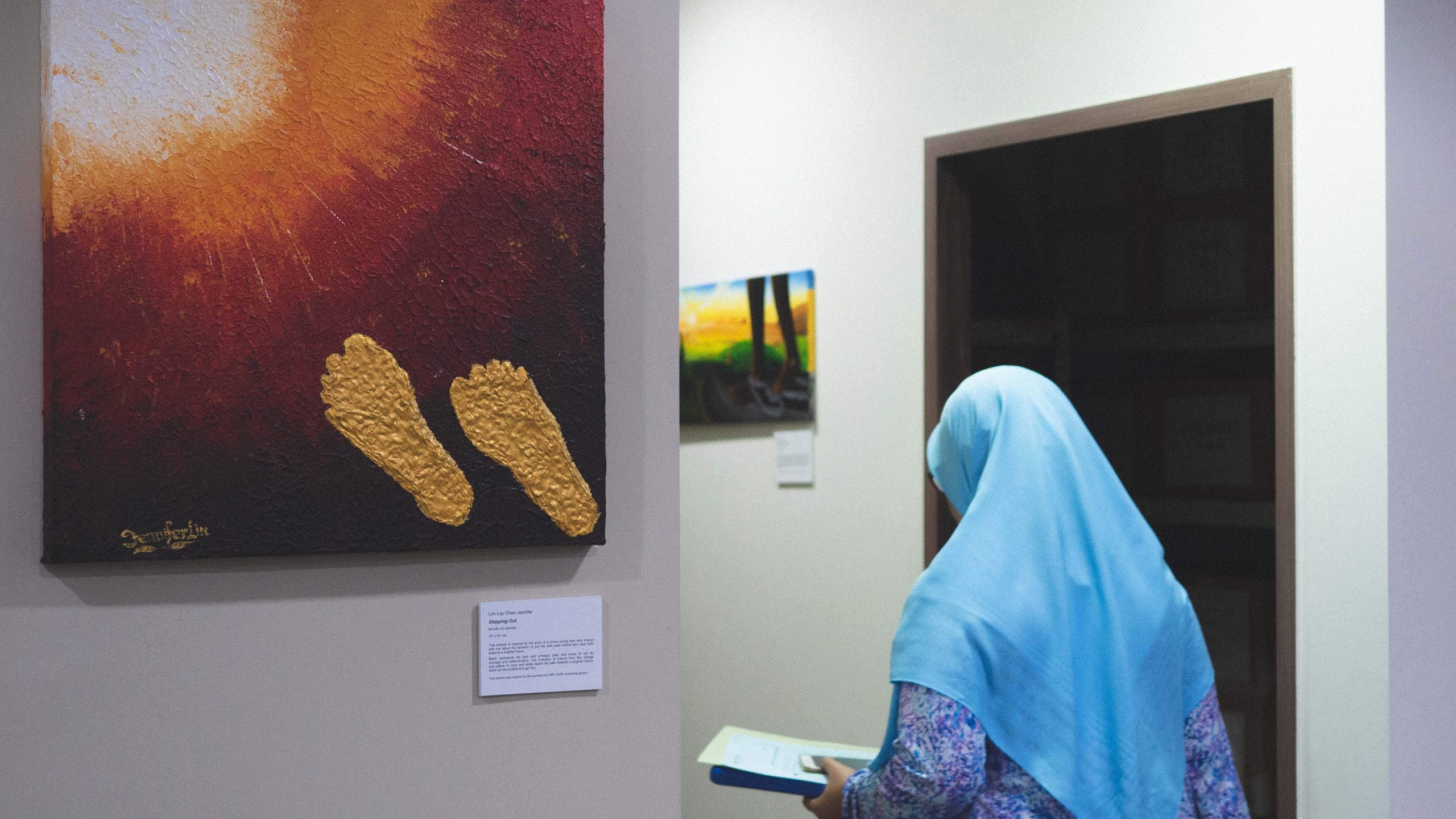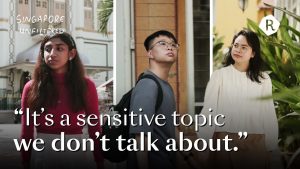It’s tough getting senior citizens on record to discuss race issues. When I approach some of them for this story, many decline to talk, which is unsurprising.
The pioneer generation lived through the racial riots of the 1960s. They saw first-hand how race can spark off conflicts between different racial groups. After surviving those tumultuous years, they learnt not to talk about race openly. They prefer to keep peace and do not want a repeat of those riots.
These older Singaporeans are also fearful of getting into trouble with their words, more so when we have legislation guarding against threats to racial harmony. But not for younger people like me, who have no qualms raising race issues on social media.
Stories and commentaries by younger Singaporeans about race and their lived experiences are plenty online, such as those by @minorityvoices. But visibly missing from the discourse are views by older Singaporeans, in light of the numerous race-related incidents in June and July.
What do they think about the spate of racist incidents, the debate on numerous race-related issues, such as the Housing Board’s ethnic integration policy, and the changing attitudes towards race among the younger crowd?
Fortunately, 77-year-old Madam Siti Koma is willing to share with me her own lived experiences and perspectives on the current discourse about race. I meet the cheery retiree at her Woodlands flat, where she has lived for the past 15 years with her daughter and family.
State of race relations: Then and Now
Just like many corridors in flats across Singapore, the level where Madam Koma lives is quiet, and everybody’s doors are shut. She laments that relationships with her neighbours are of a hi-bye nature. At best, they greet one another in the lift but nothing chummier than that.
“Now come back, everyone closes their doors,” says Madam Koma.
She contrasts this with her childhood when she lived in a single-storey flat at Boon Keng. Back then, she and her neighbours, who were of different races, interacted often. I’m not even sure if “interacted” is an understatement because Madam Koma shares that as kids, they played tag together in the common area, ate together and had gatherings.
There was a high level of social mixing, Madam Koma says. “The Chinese can speak Bahasa Melayu and the Malays can speak dialects like Hokkien. Like rojak.” Till today, she still manages a smattering of dialects picked up when she was younger.

This was the state of race relations while she was growing up. People around Madam Koma used to be less race-conscious. But was it only due to a lack of racial consciousness that led to Singaporeans not delving into race issues in the past?
Fear of sparking disharmony and its consequences, as mentioned earlier, is just one factor. But Madam Koma also brings up another point: society then was atomised. Other than going to work/school (usually in the vicinity) and back home, Singaporeans then don’t venture out as much as we do today.
This meant that most of them were unaware of issues outside their town or village. That’s also why, when I ask Madam Koma about the race riots of the 1960s, a de rigueur mention in our Social Studies textbooks, she says those riots didn’t have an impact on her daily life then because those were centred in the city, away from her town. Life went on as usual in her community.
Of course, there was always the press to rely on for news reports. But people didn’t really bother with the coverage, at least for her and the neighbours.
Good that young ones are discussing race
Fast-forward to 2021. I ask Madam Koma what she thinks about the race discourse and the recent increased awareness of race issues. Surely it must have been uncomfortable for her, now that a sensitive and much hushed-up topic is brought into the spotlight and younger Singaporeans having an open season with it.
Far from dissing them, she gives them the thumbs up and says it is applaudable that younger people are now more courageous to discuss race issues. They are more liberal, educated and forward-looking than they were in the past, Madam Koma adds.
“It’s like making epok-epok (curry puffs). Last time, the skin was very hard. Then some people think maybe we add something to make it softer. They tried, not so okay. Then they tried and tried until it was very good to eat.”
It’s about continuing to improve the status quo with more discourse about race, even though the process may not always be smooth-sailing, Madam Koma alludes to in her analogy.
Not surprisingly, talking about race issues between the old and young ones in the family isn’t taboo. Madam Koma and her family openly discuss race issues over dinner or when watching the news, as and when relevant current affairs crops up.
They would reminisce about the good old days when different races interacted naively, and lament about the cracks revealed in recent years.

But race is off the table, unintentionally, when Madam Koma meets her friends for coffee. Some are of different races, by the way.
They discuss everything under the sun, from marketing, cooking or the Covid-19 situation, but race has never been part of their conversations. It’s not due to fear but rather, it’s not even in their consciousness. They don’t feel the urge to talk about race.
Maybe this is what Madam Koma means when she speaks about the “good old days”, tracing back to a simpler time with less contentiousness.
After all, while discussing race can help to move the country forward, it’s a subject that may create friction among friends. There are bound to be issues that they don’t see eye to eye with since race is a complicated concept with no fixed answers. If not handled well, tensions from disagreements may affect friendships.
Just like a pencil that needs to be sharpened to work better, I reckon having arguments and some wrangling are par for the course to improve our state of affairs on race—even if the process may be painful at times.
It certainly beats having a status quo where some in the racial majority continue with their racist or racially-insensitive tendencies, which Madam Koma has her share of. She describes a time when someone told her that Muslim women who cover themselves with the tudung are smelly.

No doubt such hurtful comments were hurtful. She could have made a big fuss out of the incident, which would have been her prerogative. But Madam Koma handled it tactfully. Very politely, she advised the perpetrator: “Don’t say things like that. When people hear it, it is not nice.”
Her advice when facing such scenarios? “Don’t quarrel with them lah, just answer only. Make them think back.”
There’s no point arguing as there will only be more to-ing and fro-ing, more than what one can answer, she says. She usually lets it go.
During the hour-long interview, when Madam Koma shares about her childhood and interactions with friends who are also senior citizens, it is clear that race has never been a concern.
But for Madam Koma, she thinks that belongs to a bygone era. I ask her if we can ever be a race-blind society and she says no. As more Singaporeans get more educated, they will start to think deeper about race issues and become more race-conscious, she says.
Will we be more race-blind or race-conscious?
We have observed more debate recently over race issues where minorities are starting to share more of their lived experiences and discrimination they faced.
Ironically, as we strive towards greater racial equality and work towards a race-blind (or some say race-neutral) society, we inevitably become more race-conscious due to more discussions on race-related issues. It’s impossible for race to be swept under the carpet.
And so the question: will we ever be a race-blind society? I don’t have an answer. It sounds like a lofty goal. I’m pessimistic that acts of racial discrimination, insensitivities, and micro-aggressions, intentional or otherwise, such as those faced by Madam Koma, will ever go away.
Since National Day is nearing, I cheekily pose Madam Koma my parting question: Would it be better if Singapore had remained in Malaysia and not been separated in 1965? If we had stayed, the racial dynamics would have been in her favour since Malays are the majority in Malaysia.
I’m curious what she has to say, since she lived through a time, from 1963 to 1965, when Singapore was a state in Malaysia.
“No lah. I’m born in Singapore. What for do we want to go to people’s country? That’s not our country. You stay in Singapore for so long, you must be proud to be a Singaporean. For me, where I stay, where I grow up, that’s better than other places.”
Have you heard any stories from an older minority about race? Tell us at community@ricemedia.co.
If you haven’t already, follow RICE on Instagram, Spotify, Facebook, and Telegram. If you have a lead for a story, feedback on our work, or just want to say hi, you can also email us at community@ricemedia.co.







